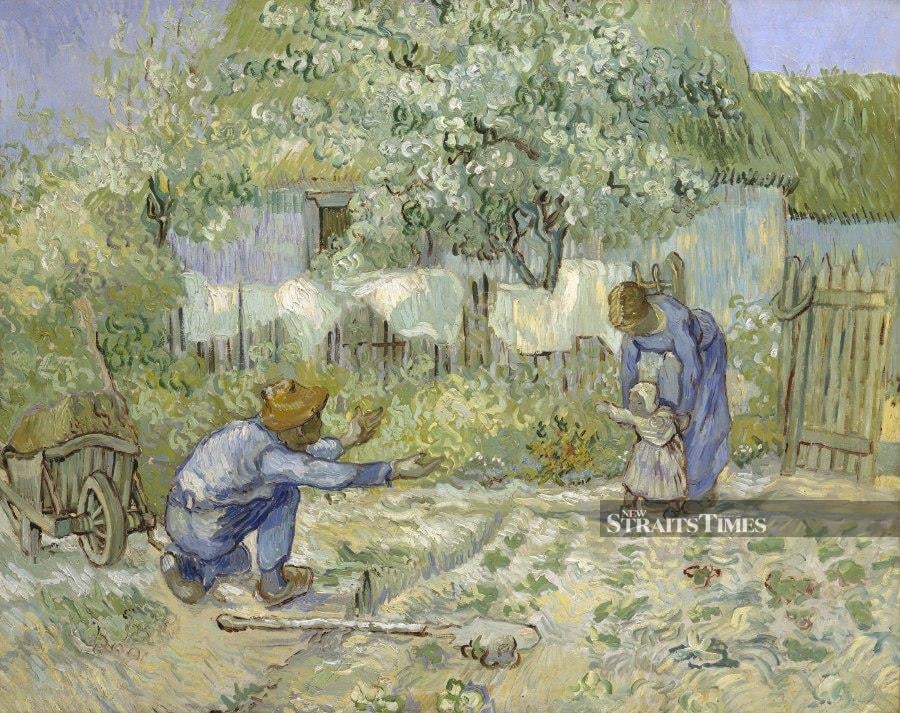WOMEN may not have got to paint as much as men over the centuries but they have been asked to model a lot more. Images of mothers with children have been a staple of Western and other art forms almost as far back as cave paintings.
Whether these are in Indonesia (the oldest human works) or Spain (the oldest, but painted by Neanderthals) or countless others, there is little interest in mothers or fathers unless they happened to be animals ready for the hunt.
Mothers and children as subjects caught on soon after that. With the arrival of the ancient Egyptian, Babylonian and Indian civilisations, there was no stopping the theme. The Virgin Mary is probably the most popular subject of all.
What about the fathers though? I've written before about father-and-child painting dynasties. These tend to depict the patrons rather than painters. So, who has focused on the fathers? There isn't much from all those centuries when Western art meant Christian art.
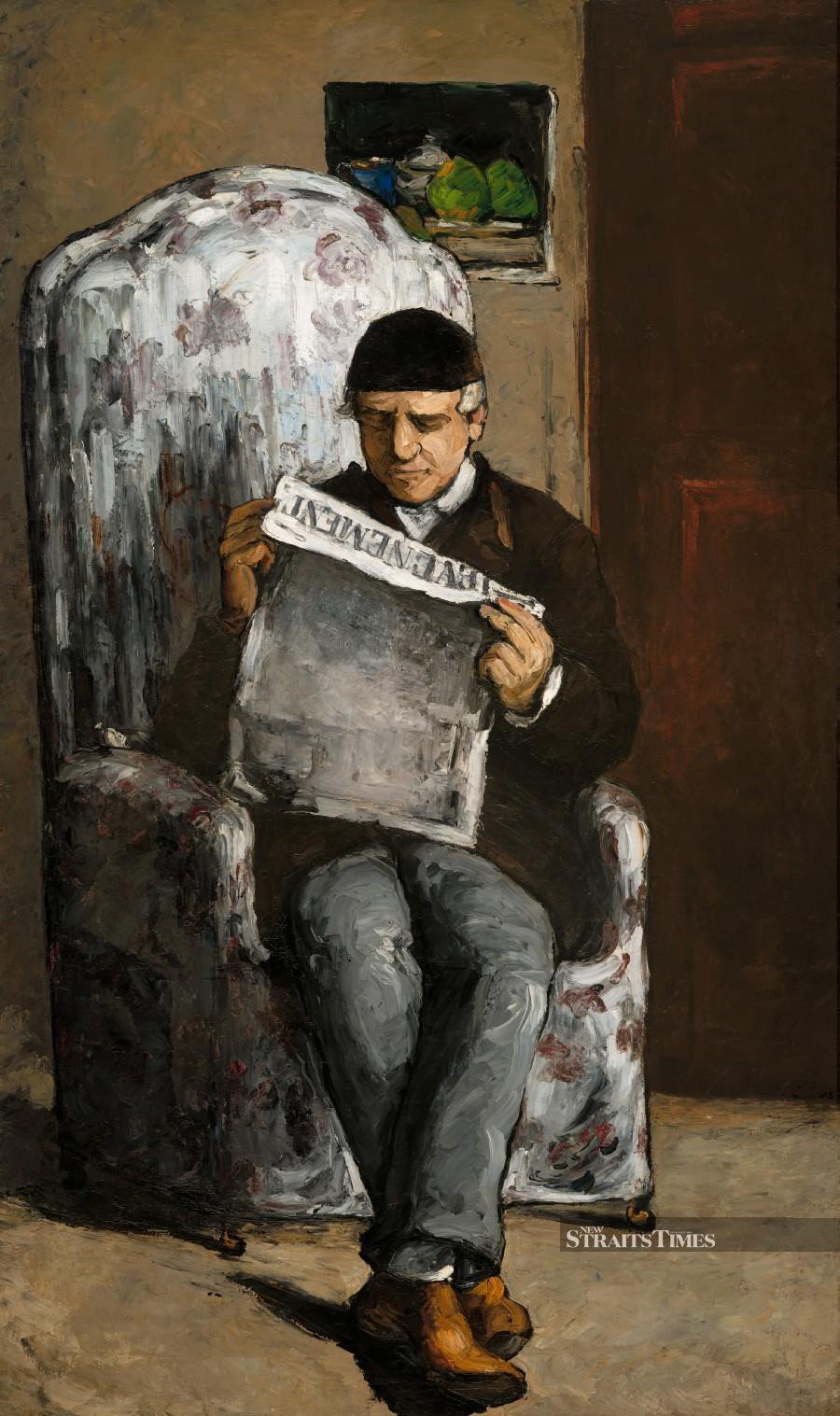
Showing the majesty of God, the Father, in his heavenly realm is a notoriously difficult task. Entirely out of the question for Muslim artists, it was tough enough for the likes of Michelangelo. His Sistine Chapel ceiling fresco of the Father with a big white beard giving life to Adam might not convince many modern audiences.
More ancient civilisations often depicted their deities as a father, sometimes with a mother added for completeness. The children tend to be rather tiny and the parents not very much like a real mum-and-dad pairing. In ancient history, fathers were often not the kindly figures we hope for now.
Greek mythology has Chronos, father of Zeus, who ate most of his offspring. Among Hindus, one version of how Ganesha ended up with the head of an elephant is because his father, Shiva, took a dislike to the original. The father of the young Siddhartha Buddha was a more protective parent, famously shielding his son from all the woes of the world — such as having to look at old people.
IDEA OF FATHERHOOD
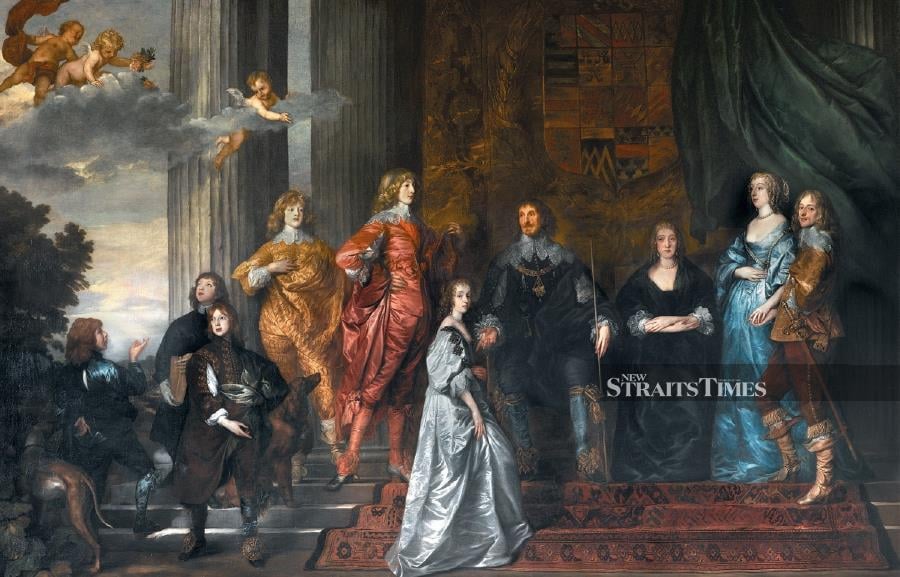
For a more realistic view of fatherhood, artists of the past few centuries have been trying to perfect the formula. Whether it's kings surrounded by adoring offspring or peasants in their hovels, depictions of loving patriarchs are more part of the modern world than the ancient.
Abraham, the father of Ismail and Jacob — and of the three great monotheistic faiths — would probably have ended up in police custody if his attempted sacrifice had taken place in the 21st century.
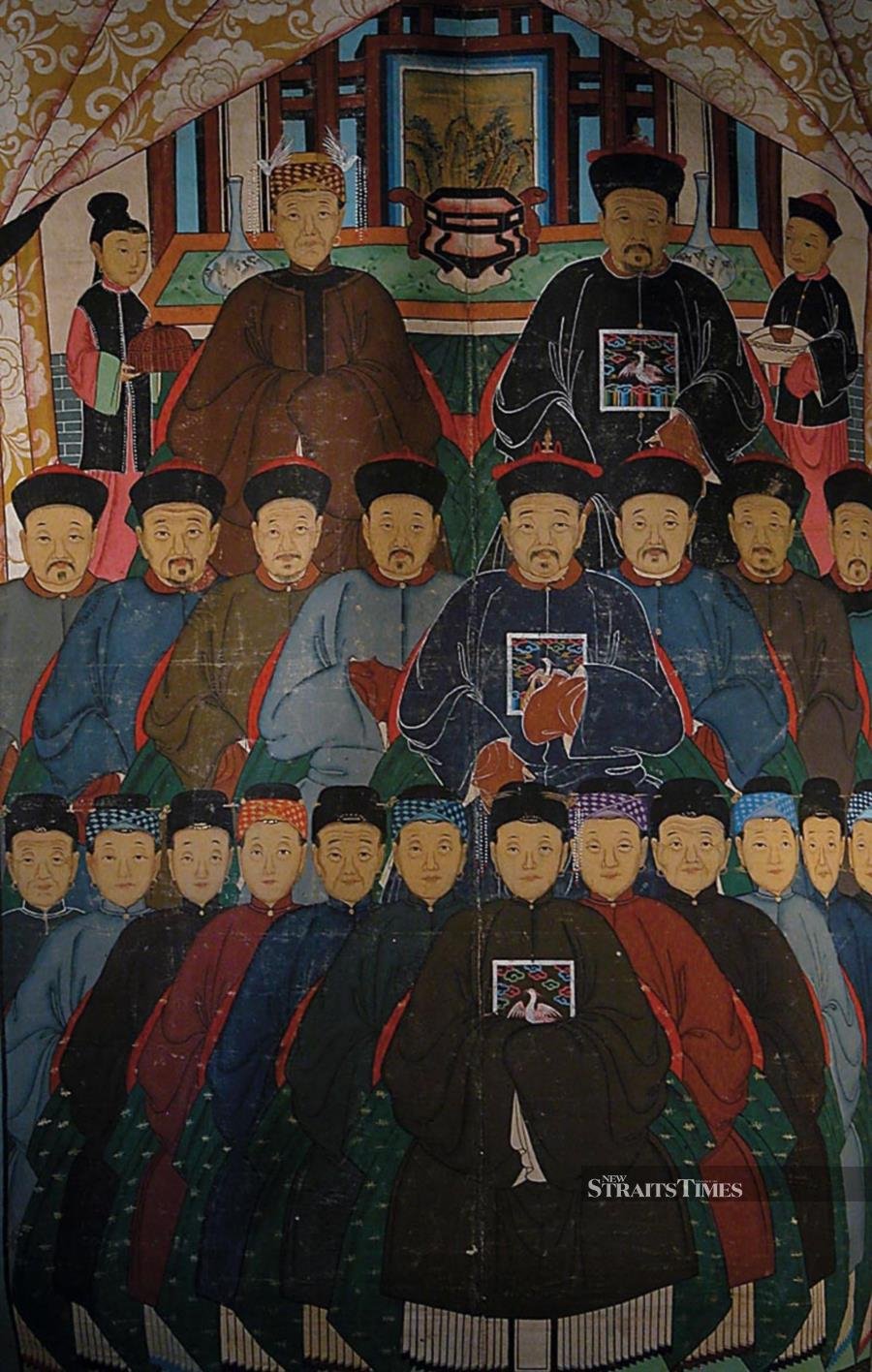
The modern idea of fatherhood didn't exist in most works of art from around the world for most of human history. The stern patriarch has been the usual model. Asian art has many such images of men so remote they seem not to be from the same planet, let alone the same household. Chinese ancestor portraits often show generations of grim-faced individuals. The fathers certainly don't look any less forbidding than the rest of the family.
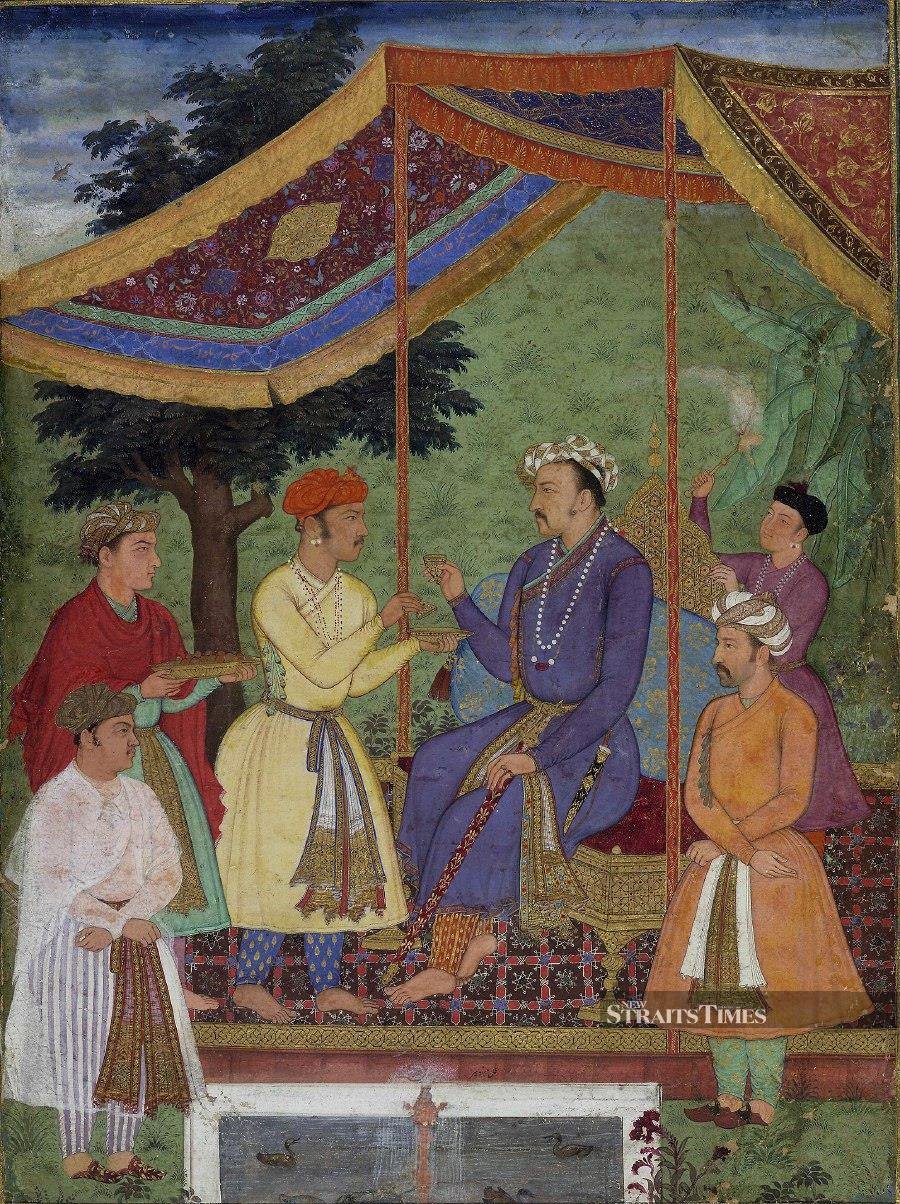
The Mughal rulers of India were among the few families to allow a bit of levity into their painting albums. As these small works were for home consumption rather than propaganda purposes, there is sometimes a look of genuine affection in their gatherings. According to historians, they were closer units than some royal families of the present era, although there were still plenty of interpersonal issues. These sometimes led to murder.
The affectionate father in art is a Western preoccupation. There are plenty of images that show genuine intimacy, and very much more that show the stiff formality of dynastic concerns.
Accounts of France's 16th-century King Henry IV playing with kids on his back ended up as a painting that showed the most amiable sort of royal dad. Queen Victoria and Prince Albert were fairly indulgent parents but their images never went that far.
FATHER PAINTINGS
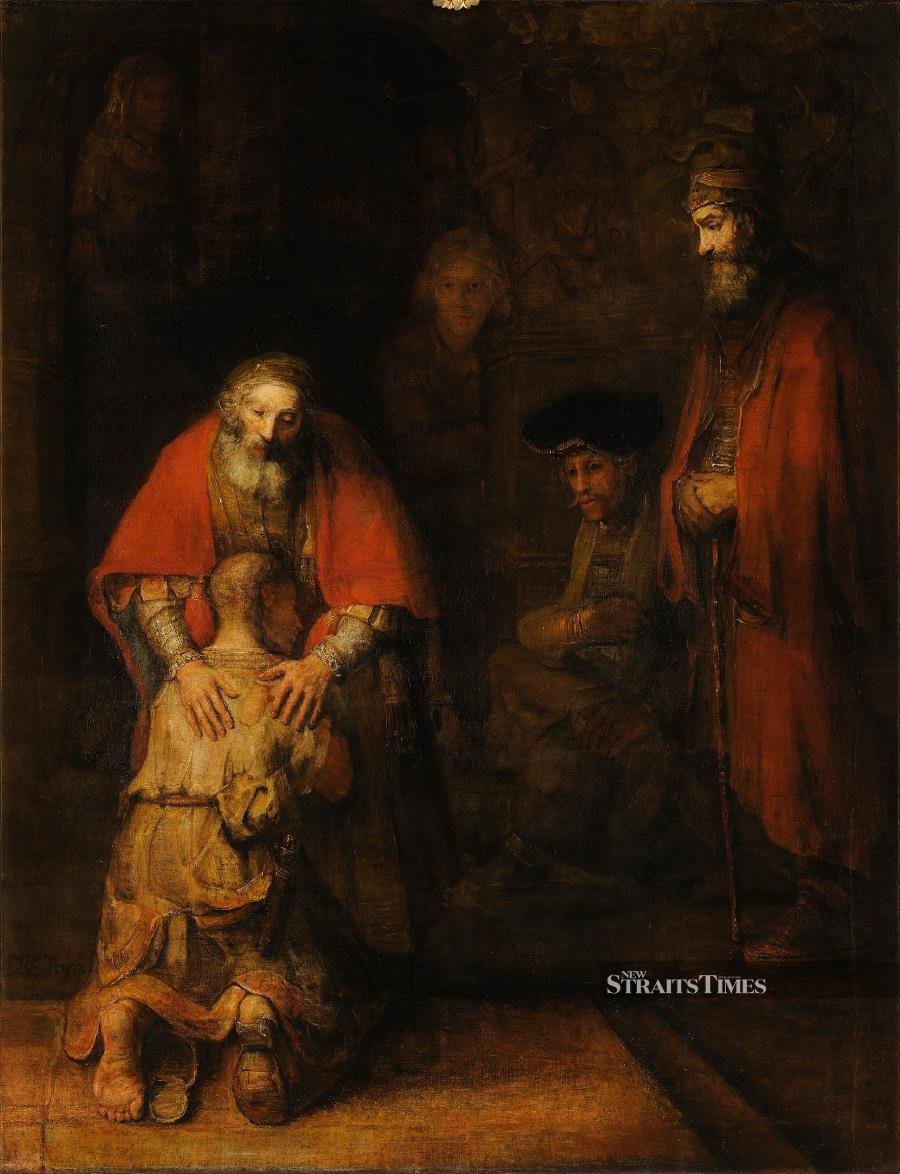
Right up to the present, most fathers have been painted as decent people but not much fun, nor as loving as the mothers. Picasso only tried once to depict himself as the good, engaged father and it wasn't his greatest success.
Van Gogh never had children but did a better job of showing the simple joys of parenthood. Other artists looked for scenes that were emotionally engaging without being touchy-feely. My personal hero, the art historian Kenneth Clarke, considered Rembrandt's Prodigal Son to be perhaps the greatest work ever painted. As the original is in Russia, not many people will get a chance to look at it this Father's Day.
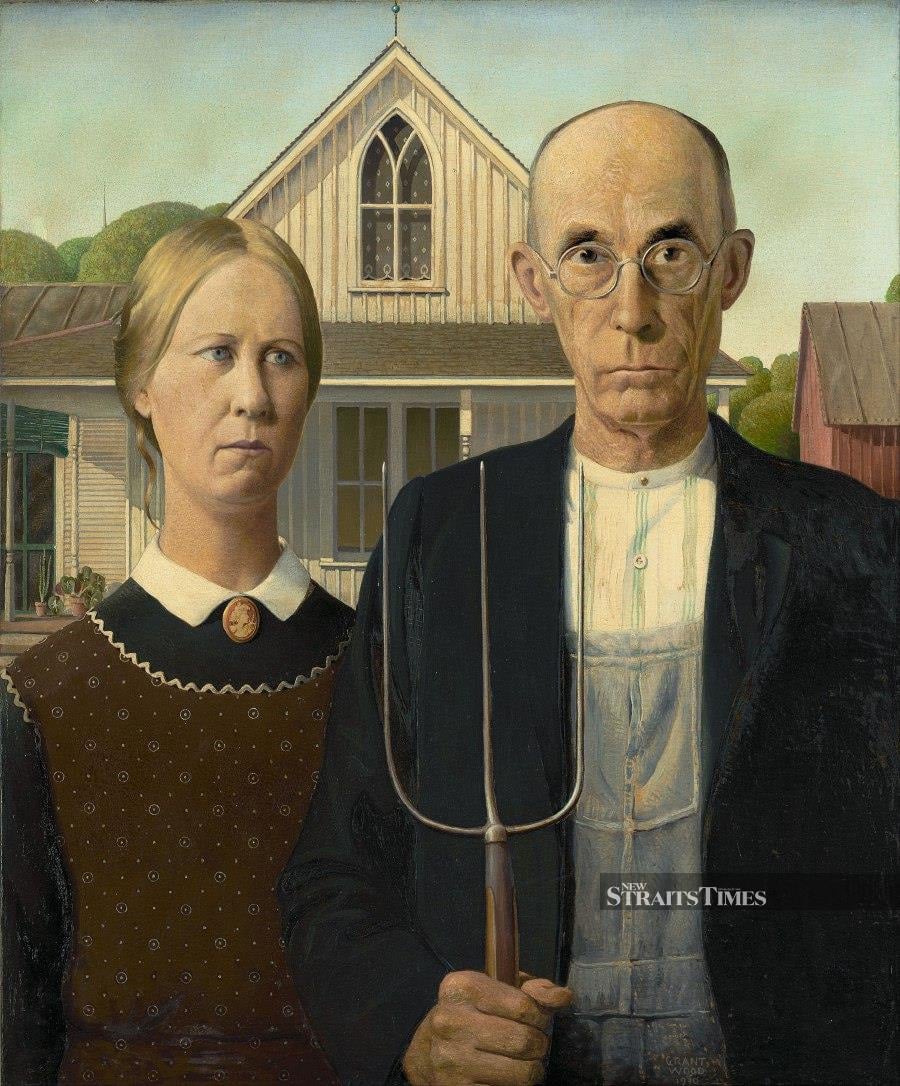
The possibilities for father paintings are numerous, including fathers who look more like husbands. The United States' most famous impression of a rural nuclear family is Grant Wood's American Gothic, 1930. Most viewers assume this is a husband-and-wife duo when it is supposed to be father and daughter, plus pitchfork.

Sometimes an absent father can make the biggest impression. For years the most popular image on English walls was painted by the now unremembered W.F. Yeames. And When Did You Last See Your Father? shows a young boy in the English Civil War being interrogated. He has to decide whether to betray a parent or his principles. For Victorian viewers this was irresistible, but you won't see it on any Father's Day cards in 2022.
Follow Lucien de Guise at Instagram @crossxcultural.


